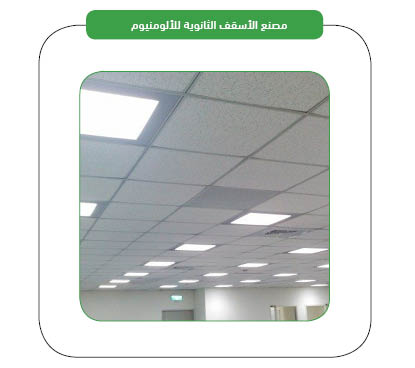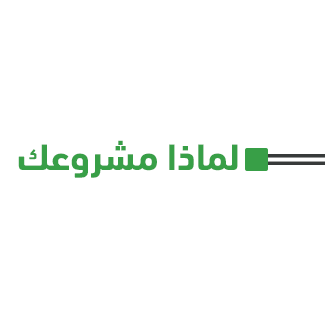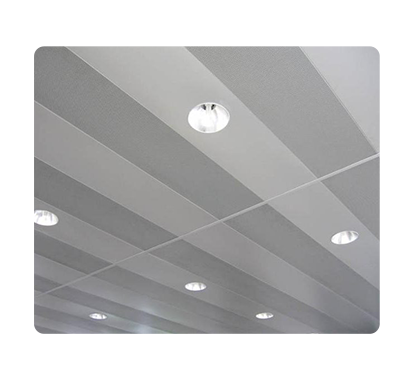المشروع عبارة عن إقامة مصنع الأسقف الثانوية للألومنيوم وإكسسواراتها، حيث يقوم المصنع بصناعة الأسقف المعلقة المعدنية المصنوعة من الألومنيوم وإكسسواراتها، وتتمثل منتجات المصنع في؛ (شرائح أو بلاط 60 * 60 – شرائح أو بلاط 30 * 30 – شرائح أو بلاط 120 * 60)، ومن القطاعات المستهدفة للمشروع؛ (الفلل – القسائم السكنية – الجمعيات – المجمعات – الوزارات – المنازل – الشركات – المستشفيات)، وذلك للاستفادة من نمو وزيادة معدلات الطلب على تلك المنتجات، وتشير دراسة جدوى مشروع مصنع الأسقف الثانوية للألومنيوم إلى أنه من المشاريع الاستثمارية ذات الأرباح والعوائد الاقتصادية المرتفعة.

mashroo3k Company for Feasibility Studies and Business Plans is responsible for preparing a feasibility study for the aluminum secondary ceilings factory project (marketing – technical – financial), and works on analyzing the project idea, its components and nature, while studying the market size, marketing gap, competitors, target markets and product marketing operations. After studying and analyzing the market size, it becomes clear that it needs the project products represented in; (60 * 60 strips or tiles – 30 * 30 strips or tiles – 120 * 60 strips or tiles). <The factory offers high-quality ceilings with wonderful designs according to the customer’s desire. Aluminum rolls are imported from Italy, and the choice is made according to the color of the ceramic inside the places to be covered, relying on the latest technological techniques in the field, and employing a team of administrators and technicians to provide special products for the targeted sectors represented in; (villas – residential plots – associations – complexes – ministries – homes – companies – hospitals), and the project is keen to benefit from the increased demand for these products in the targeted markets, and to acquire a large percentage of the marketing gap. <Mashroo3k Company for Feasibility Studies and Business Plans is distinguished by studying the project from various aspects (marketing – technical – financial), and relies on a specialized work team in research in bodies, ministries, institutions, governmental and international sources specialized in the field of preparing feasibility studies to prepare and submit a feasibility study for the aluminum secondary ceilings factory project in a professional and comprehensive manner and with studied scientific foundations, and Mashroo3k Company is assisted in providing a team of technicians to provide production lines, raw materials and technical project requirements of machines, equipment, devices and tools from major international companies and approved suppliers who have previously dealt with our company in establishing projects at the level of the Arab world, and it is taken into account that these materials, lines and requirements are compatible with the project and with the country in which the project will be implemented.




